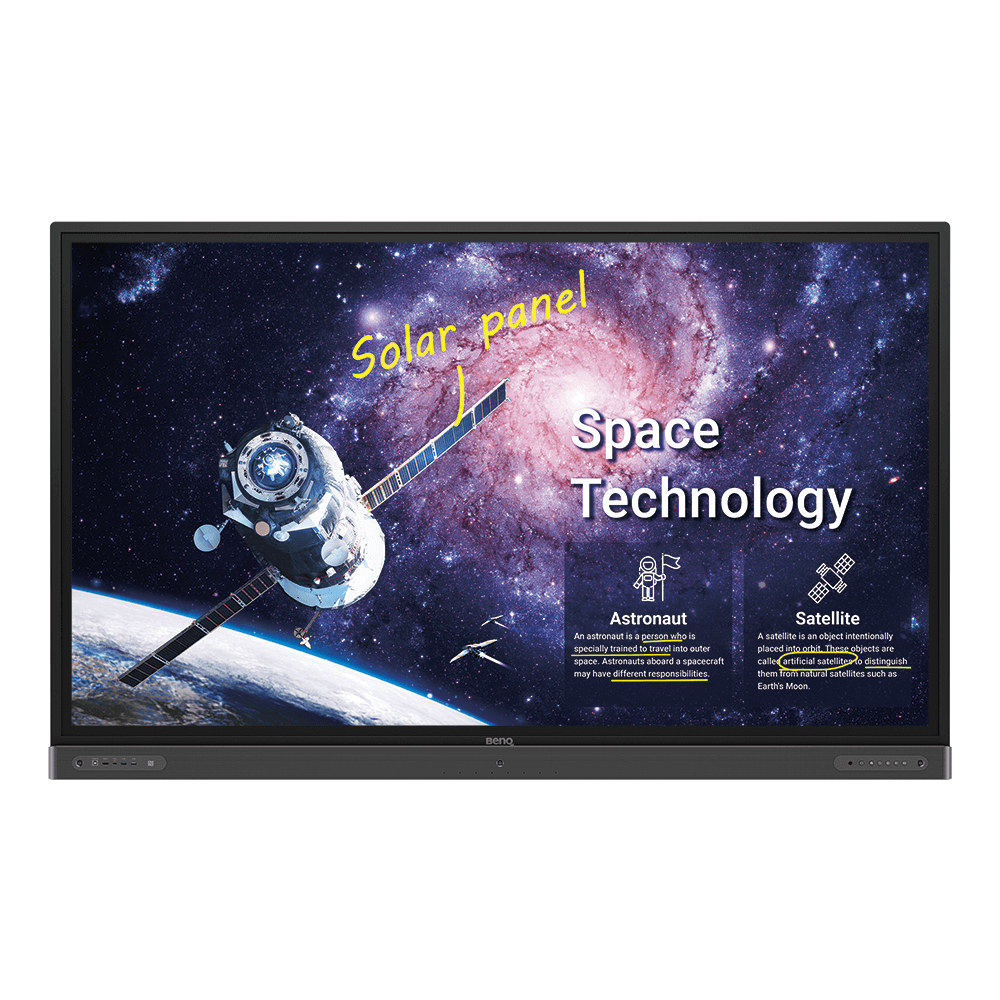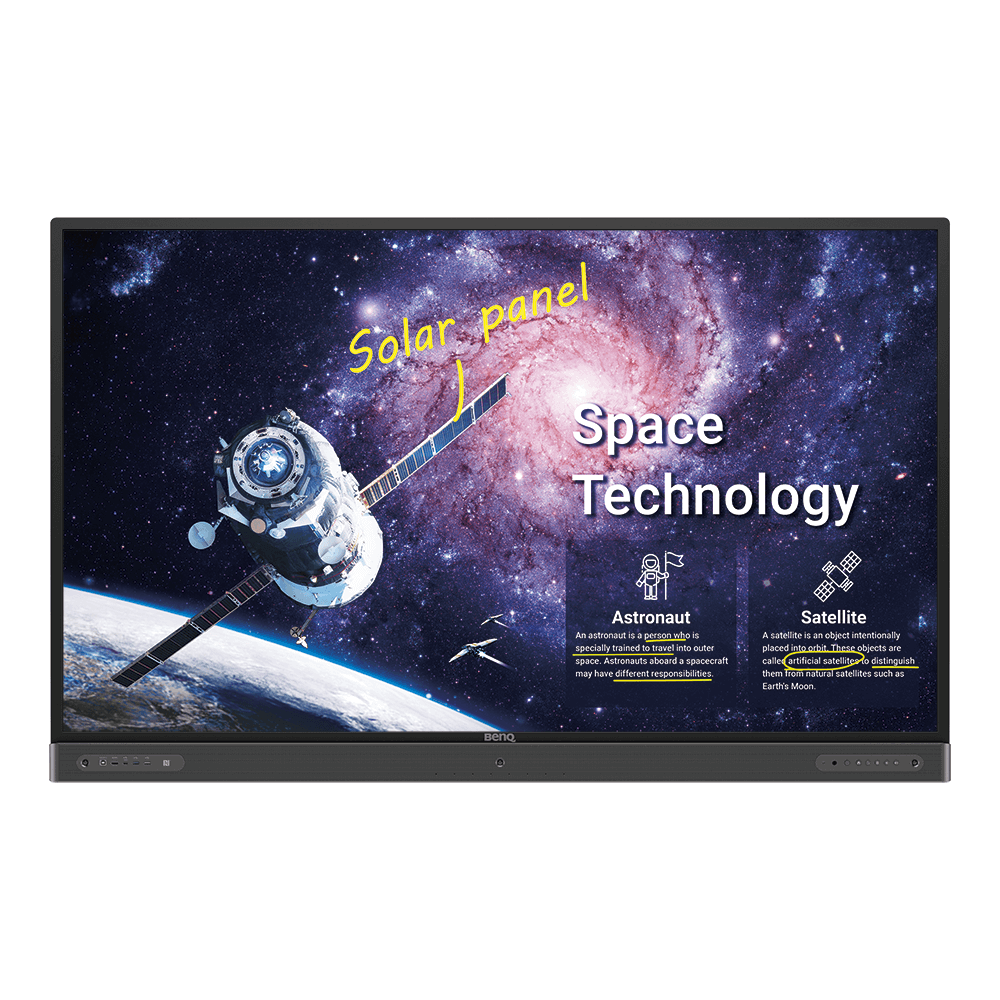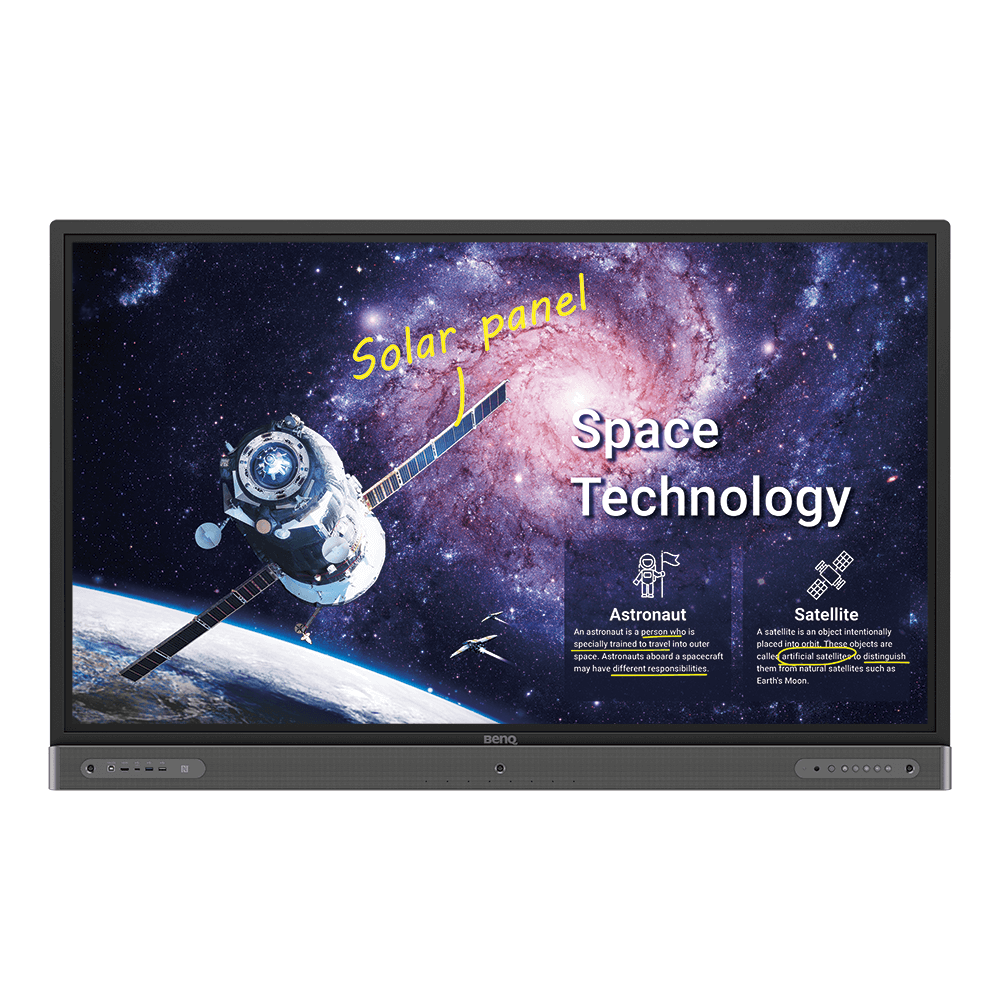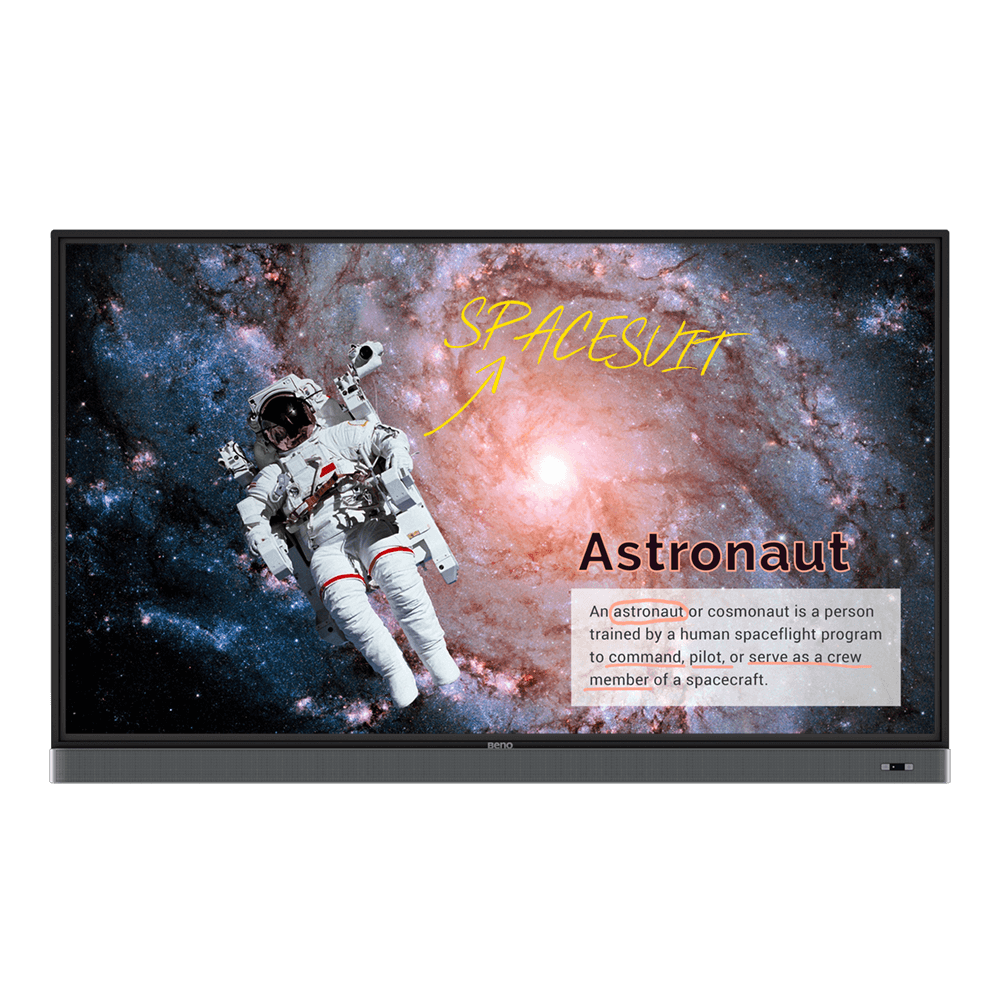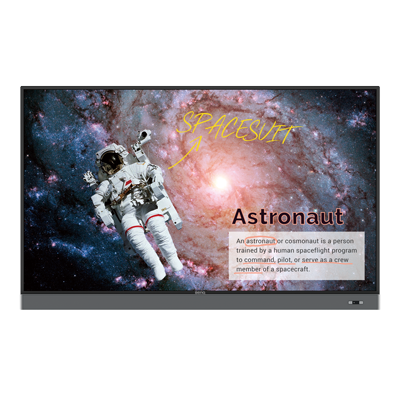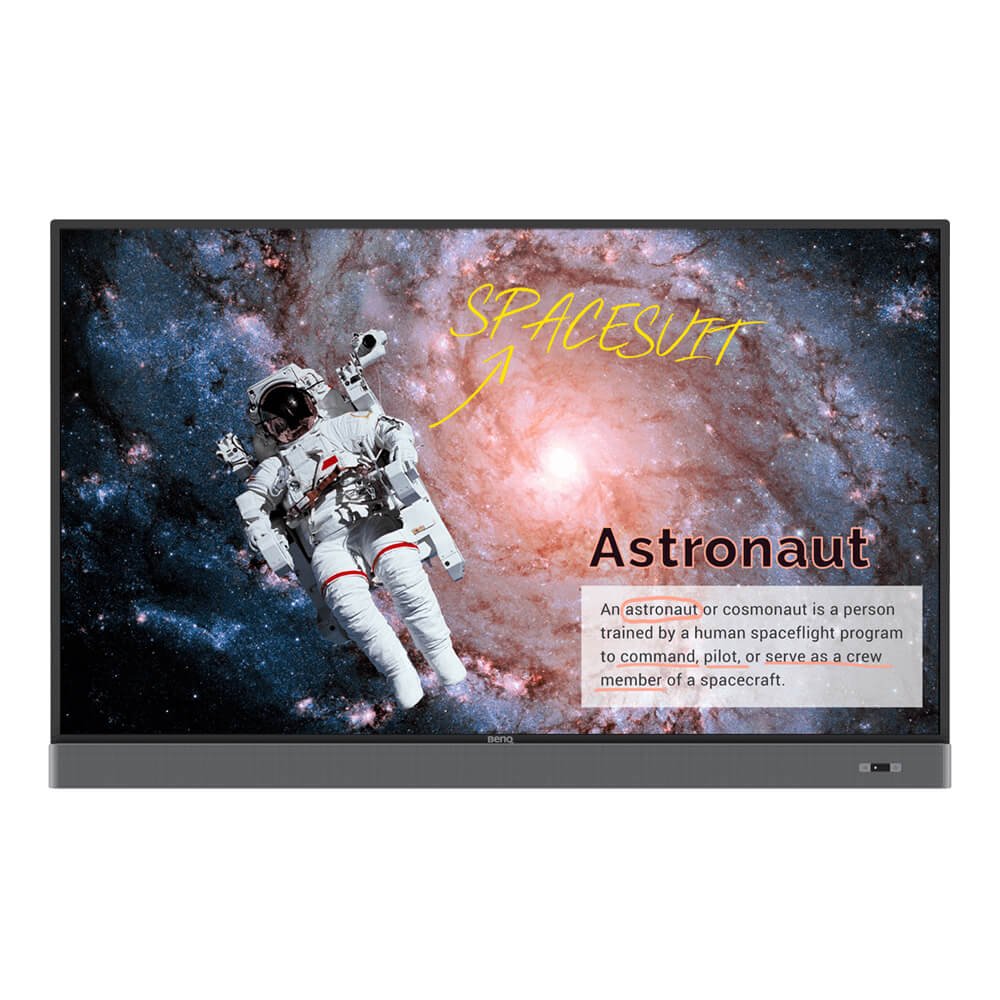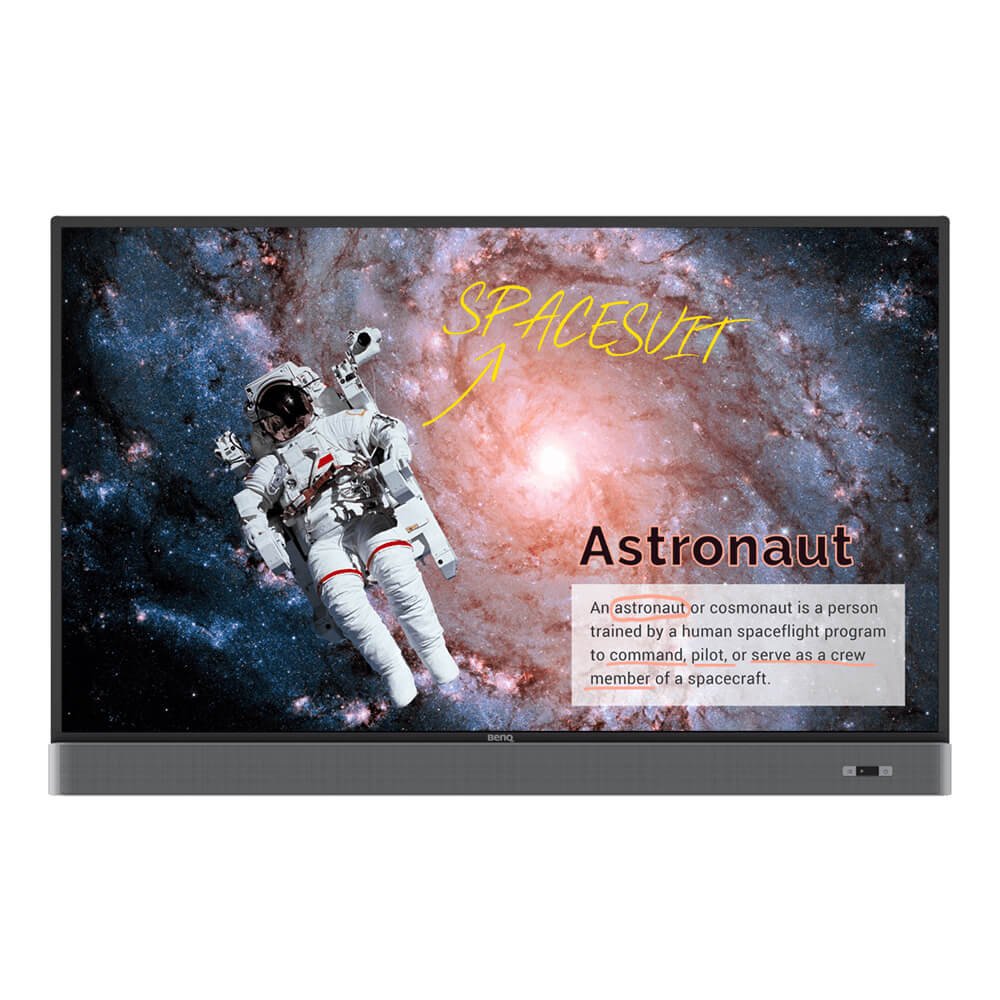6 Ways to Make Post-Pandemic Classrooms Healthier and Safer
- BenQ
- 2021-04-09
As COVID-19 and the shock caused by its arrival begin to move into the past and we look forward, every aspect of society aims to resume normalcy as much as possible. Within schools, that means a bigger focus on cleanliness and health. Healthy K-12 classrooms that are as free of germs as possible need the right tools, and for the near future schools will probably still maintain some degree of social distancing plus blended or hybrid learning, with some students attending remotely. Technologies such as interactive displays can help you ensure both get a positive boost.
Of course, health and hygiene were always important, but the pandemic certainly placed them front and center in the minds of educators, administrators, and parents. Even the kids know a lot more about germs now than their peers in previous years. School districts all over the world are in the midst of a massive re-planning and investment push, organizing new learning spaces and facing rather considerable spending on new technology and tools to accommodate diversified teaching models.
There are cost-effective ways to get more results without getting ensnared in undue spending or tech-related complexities. Let’s look at six that can really help you out:
Because social distancing may remain a requirement for a while to come, we recommend maximizing the space available in classrooms. Since we assume you can’t just build bigger schools on demand, removing anything that’s not essential to learning is a good start.
Lockers and various storage cabinets can go in hallways to provide extra space in-class. And to help move things about, consider getting chairs and desks with wheels if you don’t already have those. They’re not expensive and offer much more flexibility, plus cut down on annoying dragging noises.
The old days of a “wash your hands” poster hanging on the wall unnoticed are over. It’s impossible to say there’s a positive to a pandemic, but raised awareness of germ control and hygiene can certainly help all of us. Check the latest COVID-19 Guidelines from CDC here.
More frequent hand washing, hand sanitizers in every classroom that are enough for all students and teachers, and alcohol wipes are basic necessities. Together with social distancing and masks (if necessary), these measures greatly reduce the risk of classroom cross-infection.
Beyond the “entry-level” measures mentioned above, classroom furniture and equipment coated in germicidal silver prove extremely effective (as per this study by University of Arkansas) in reducing microbe load presence in learning environments.
BenQ ClassroomCare™ interactive displays with germ-busting silver-treated screens eliminate 99% of viruses, bacteria, and fungi. They make for excellent investments in the long term, and provide a safe focal platform for teaching and learning. Silver coating has a proven track record as an anti-microbial agent, and growing implementation in the educational sector will surely help make the return to in-person schooling much easier and safer.
We’re not promoting anti-social behavior, but for the meantime it’d be wise to encourage kids to bring their own supplies and avoid sharing items. This applies to pens, pencils, paper, and of course smart devices like phones, tablets, and laptops.
While not always possible, the less physical sharing of items takes place, the lower the risk of infection. Again, we’re not calling for fear or paranoia, but caution is advisable right now, even if for the sake of peace of mind.
Cloud collaboration, annotation, and screen mirroring tools, such as EZWrite software (embedded on BenQ ClassroomCare Displays), greatly help organize an instruction that best leverages BYOD (Bring Your Own Device), and allows in-classroom collaboration while maintaining social distancing.
Thanks to the wonders of remote, blended, and hybrid learning, students who feel sick can join from home. Hybrid classrooms benefit greatly from the implementation of interactive displays (a.k.a. interactive flat panels or IFPs) such as those made by BenQ. Here is a checkist to help you prepare for Blended Learning with Interactive Displays.
Educators and administrators should remind parents and kids that when in doubt, wait it out at home. If someone has a cough, a very runny nose, or fever, they should get good rest at home and if possible join classes remotely. Doing so is now easier than ever. Students who don’t have the means to join remotely should just rest at home until they feel better, which is the safest option. Fortunately, with BenQ interactive displays, you can easily record classes for later viewing, so students that stayed home need not miss out.
This one may sound a little strange, but believe us the concept is sound and based on medical data. Since students clearly outnumber teachers, and moving large groups of kids around increases the likelihood of microbes going along for the ride, then it stands to reason that having teachers do most of the moving is simply safer. In other words, students should spend most of their time in the same classroom, while teachers rotate between classes.
Communal activities should also be kept to a minimum, for example lunch breaks. Those can take place per-class, rather than in a large cafeteria setting with a big crowd of students and teachers.
To facilitate easy and convenient movement of teachers between classrooms, technologies such as the NFC-based BenQ Tap 'N Teach, which allows for quick, touchless login with an NFC card, come in very handy.
Going Back to School and Looking Ahead
There’s no 100% protection against germs and we can’t promise a totally germ-free future, but the measures listed above go a long way towards bolstering classroom health. Together with good personal hygiene, they lay a path to recovery and better preparedness. After all, the goal is to ensure students are safe from similar outbreaks in the future. And even without a pandemic to think about, having cleaner and healthier environments can only be a good thing.







